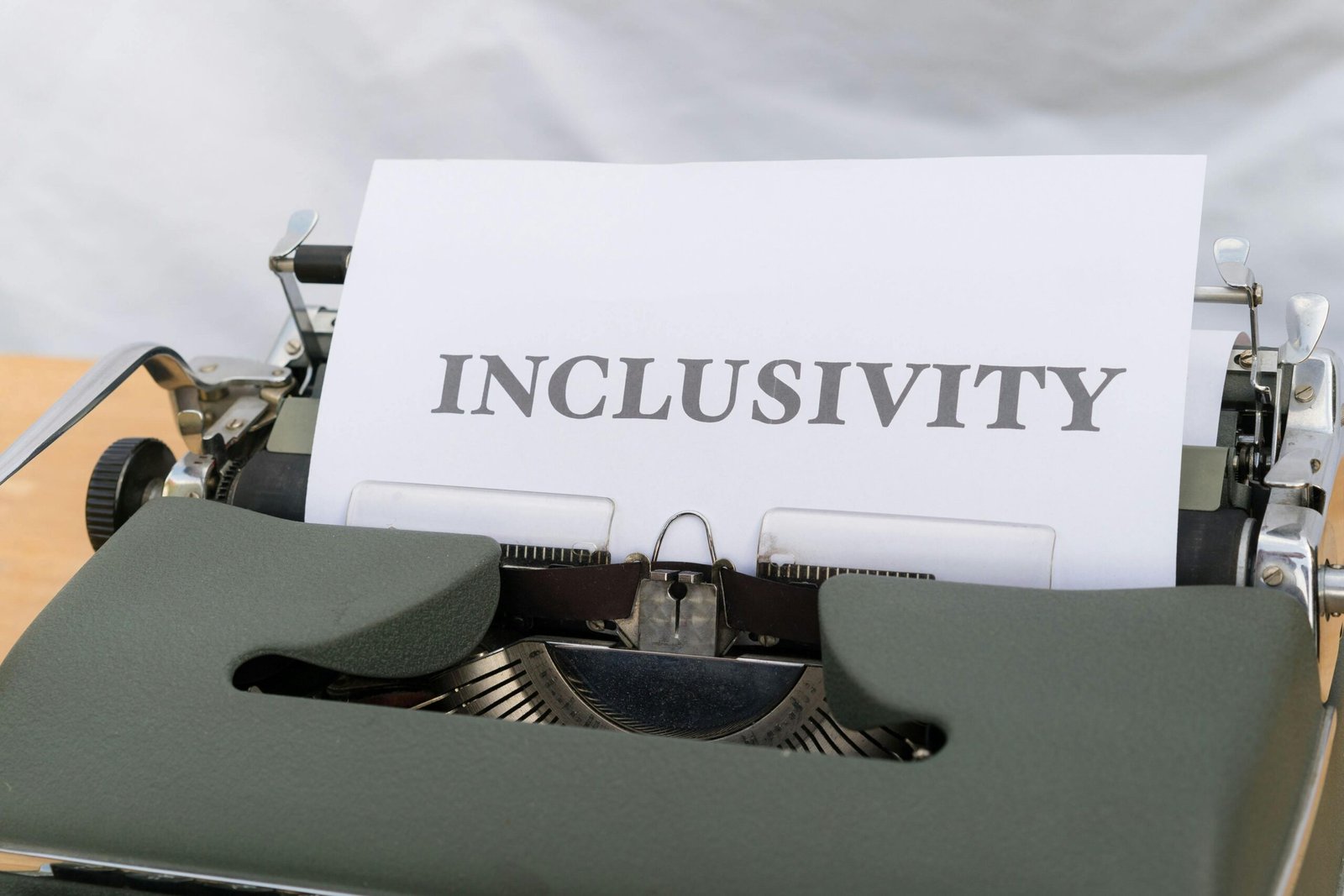Video Production: Unleashing the Power of Visual Storytelling 1. Introduction: The Impact of Video Production…
How Cultural Sensitivity is Shaping Video Production in 2025: A Game-Changer for Global Storytelling
The global media landscape is evolving at an unprecedented pace, and cultural sensitivity is at the forefront of this transformation. In 2025, video production is no longer just about visuals and storytelling—it’s about creating content that resonates across cultures, respects traditions, and embraces inclusivity. With audiences becoming more diverse and socially conscious, video producers must prioritize cultural awareness to remain relevant and impactful.
This article explores how cultural sensitivity is shaping video production in 2025, the challenges and benefits it presents, and how creators can navigate this new era of storytelling.
Why Cultural Sensitivity Matters in Video Production
H2: The Globalization of Media Consumption
The internet has turned the world into a digital village where content reaches millions across different cultures instantly. This interconnectedness requires video creators to consider cultural nuances in their storytelling, visuals, and messaging to avoid misunderstandings and ensure inclusivity.
H2: Avoiding Cultural Appropriation & Stereotyping
Cultural appropriation and stereotypes have been major concerns in media production. In 2025, there is an increased emphasis on authenticity and ethical storytelling. Production teams are now prioritizing accurate cultural representation by hiring consultants, collaborating with local creators, and conducting in-depth research.
H2: The Role of AI in Cultural Sensitivity
Artificial Intelligence (AI) is playing a crucial role in analyzing content for potential cultural insensitivity. AI-powered tools can detect problematic language, offensive imagery, and even provide recommendations for more inclusive storytelling.
How Cultural Sensitivity is Transforming Video Production

H3: Inclusive Casting and Representation
In 2025, video production companies are making conscious efforts to cast actors and presenters who authentically represent the cultures being portrayed. This shift is essential in breaking stereotypes and providing audiences with genuine and meaningful representation.
H3: Localization and Multilingual Content
Cultural sensitivity extends to language, with video producers investing in high-quality translations, subtitles, and voiceovers. Inaccurate translations can lead to misunderstandings and alienate audiences, making proper localization a key aspect of content production.
H3: Ethical Advertising and Brand Messaging
Brands are under scrutiny for their messaging, ensuring that advertisements respect cultural values. Companies that fail to acknowledge cultural sensitivities risk backlash, while those that embrace diversity gain trust and loyalty from global audiences.
H3: Real Stories from Real Communities
Rather than fictionalizing cultural narratives, video producers are turning to real stories from real communities. Documentaries, interviews, and firsthand storytelling are becoming powerful tools for fostering cultural appreciation and understanding.
Challenges of Cultural Sensitivity in Video Production
H4: Balancing Creativity with Cultural Respect
While artistic freedom is important, video producers must ensure that their creativity does not compromise cultural respect. Striking this balance requires thorough research and collaboration with cultural experts.
H4: Addressing Bias in Content Creation
Even with the best intentions, unconscious bias can creep into content. Production teams must undergo sensitivity training and involve diverse perspectives in the creative process to avoid this issue.
H4: The Cost of Inclusive Production
Implementing cultural sensitivity strategies can be costly, especially for independent creators. However, the long-term benefits of producing culturally respectful content outweigh the initial investment.
The Future of Culturally Sensitive Video Production
With audiences demanding more inclusivity, the future of video production will continue to evolve towards cultural awareness. Companies that embrace this shift will thrive, while those that ignore it risk becoming obsolete. Video production in 2025 is no longer just about entertainment—it’s about creating meaningful, responsible, and culturally respectful content that connects with global audiences.
FAQs About Cultural Sensitivity in Video Production
Q1: Why is cultural sensitivity important in video production?
Cultural sensitivity ensures that content is respectful, inclusive, and free from harmful stereotypes. It helps creators connect with diverse audiences and prevents potential backlash.
Q2: How can video producers ensure cultural sensitivity?
Producers can ensure cultural sensitivity by conducting thorough research, consulting cultural experts, hiring diverse talent, and using AI-powered tools to analyze content for potential biases.
Q3: What are some common mistakes in culturally insensitive video production?
Common mistakes include misrepresentation of cultures, offensive stereotypes, poor translations, and lack of representation in casting.
Q4: How does cultural sensitivity impact brand perception?
Brands that prioritize cultural sensitivity build trust and credibility with global audiences. Those that fail to do so risk damaging their reputation and losing consumer loyalty.
Q5: What role does AI play in cultural sensitivity?
AI helps analyze scripts, visuals, and messaging to identify potential cultural insensitivity, allowing creators to make necessary adjustments before publishing content.
Conclusion
Cultural sensitivity is shaping video production in 2025 by transforming storytelling, advertising, and audience engagement. As the world becomes more interconnected, embracing cultural awareness is no longer optional—it’s essential. Video producers who prioritize inclusivity and authenticity will not only avoid controversy but also create impactful content that resonates with diverse global audiences.




